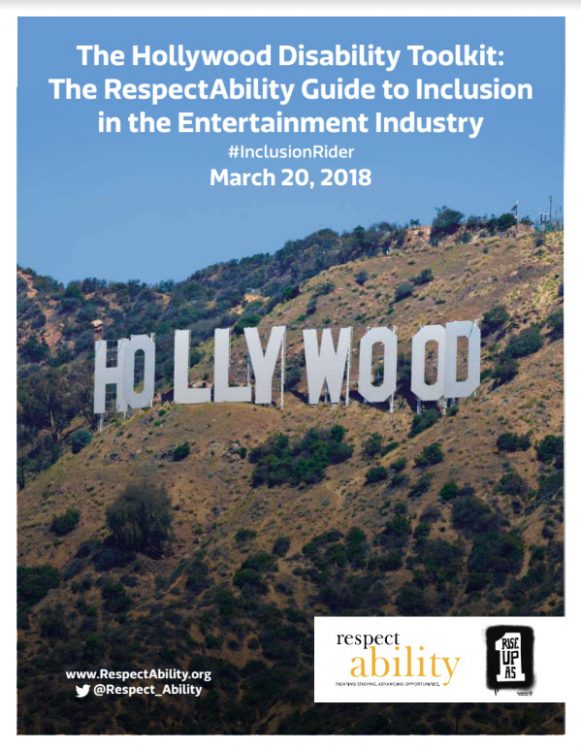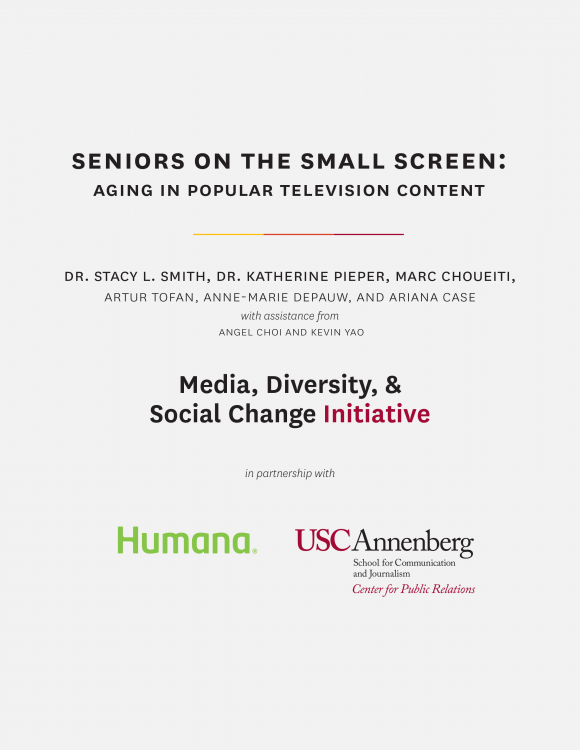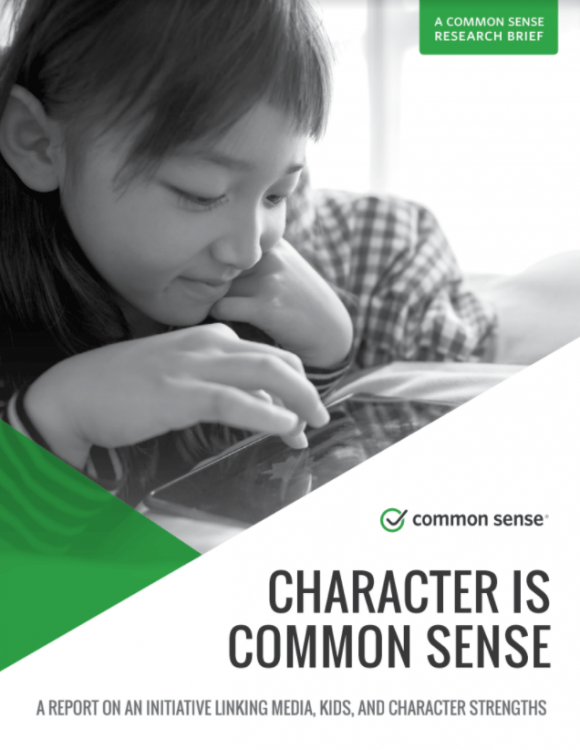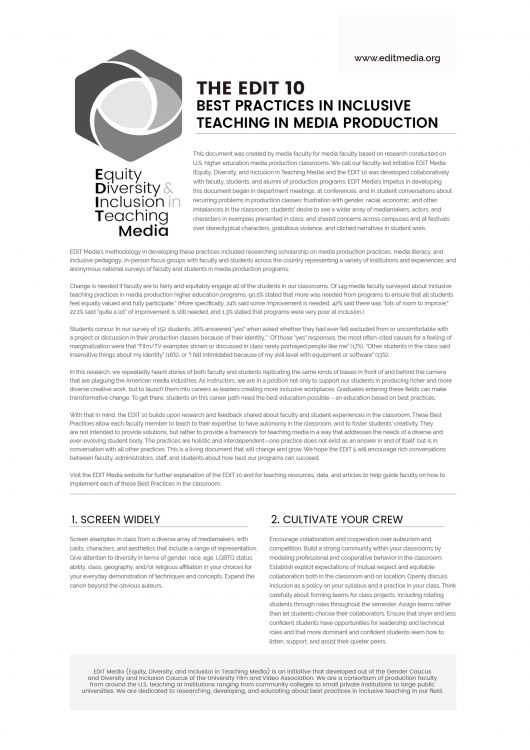July 28, 2018
As a tool for analysing campaign strategies, BRITDOC has devised what we call the Four Impact Dynamics;
broad categories for the kinds of change you can make in the world. This has been developed by studying the films that we have worked with as well as working with NGOs and activists to understand how they conceptualise their work.











